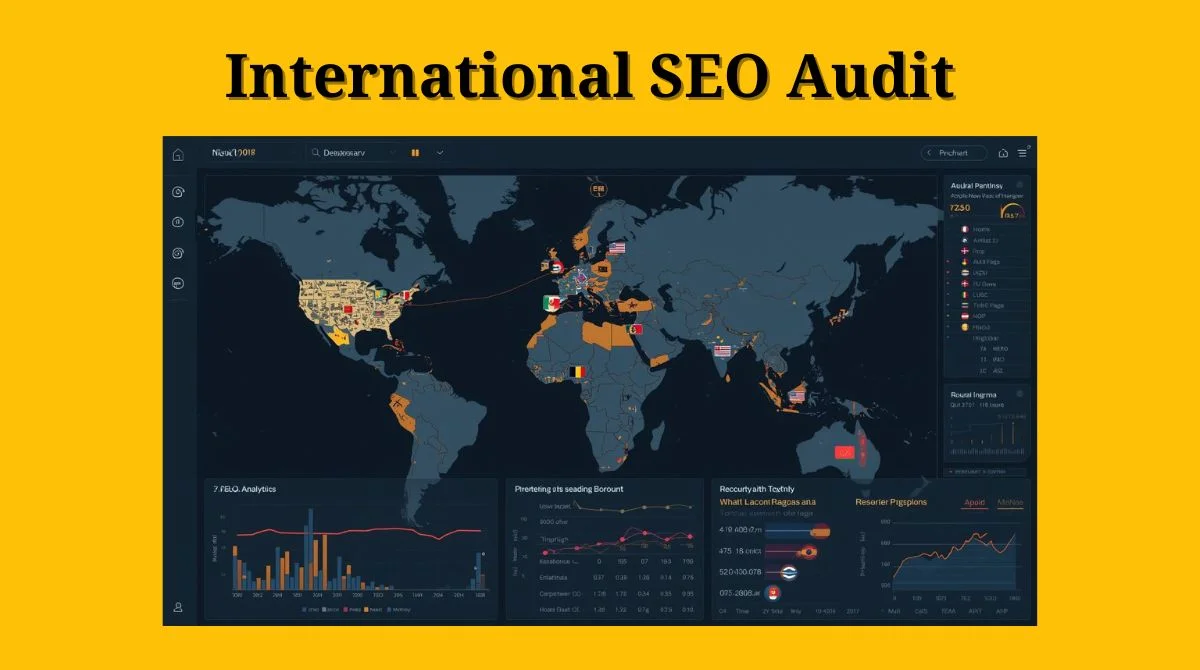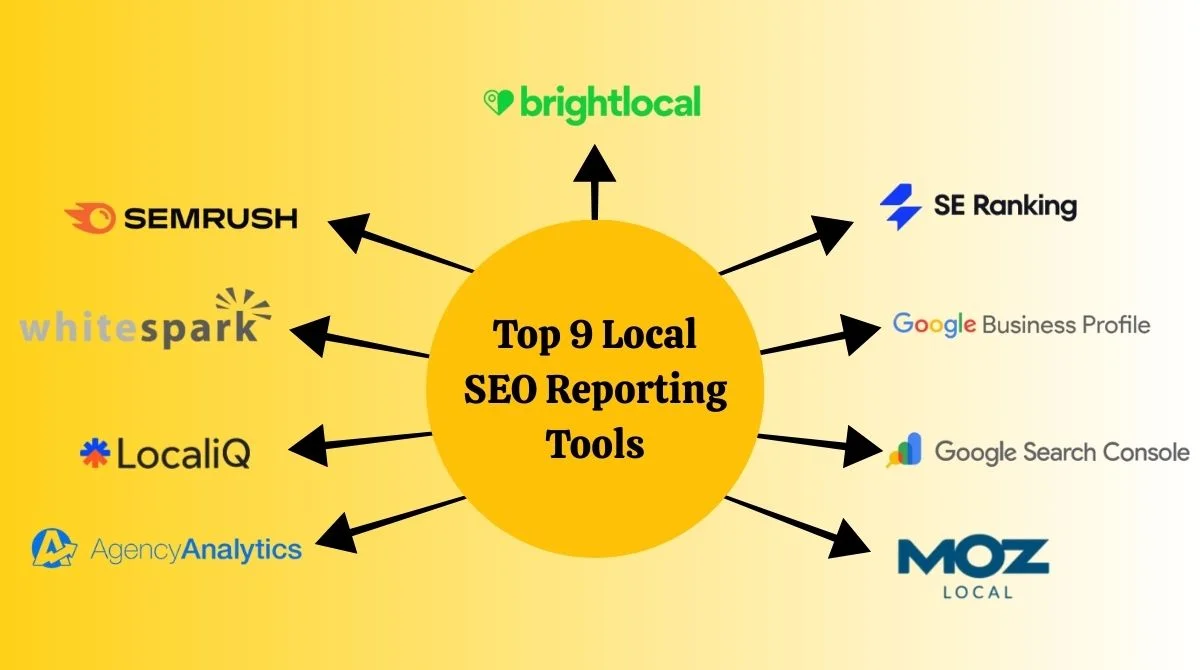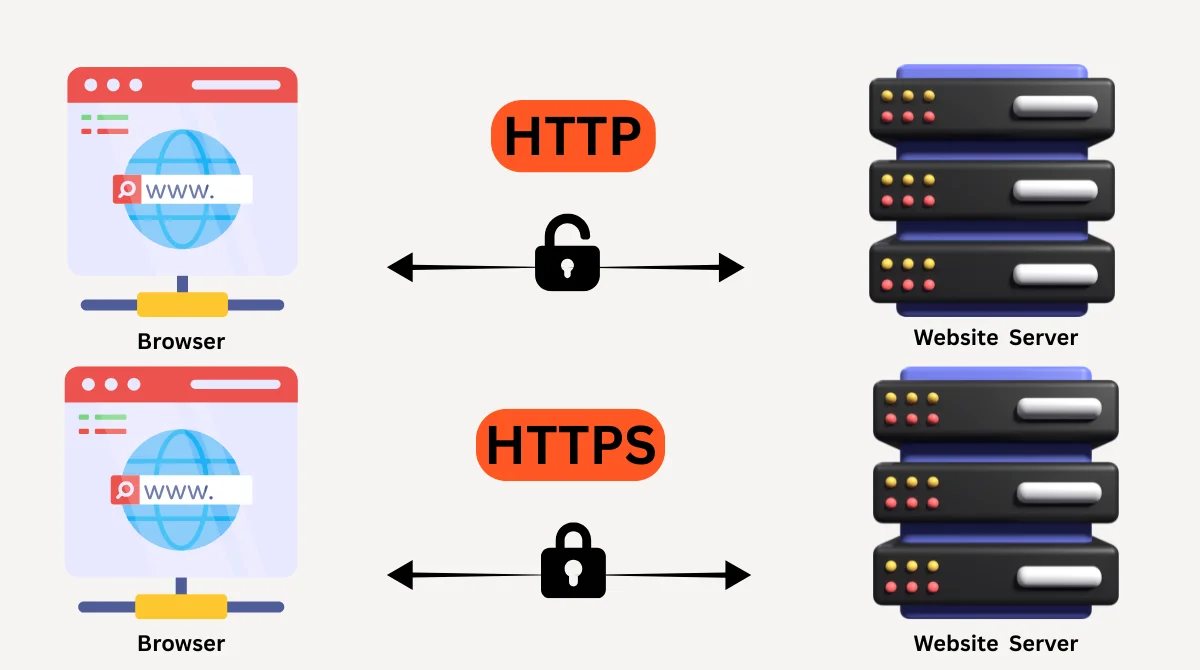To succeed in digital marketing, understanding your website’s SEO performance is essential. Without the right tools, it can feel like shooting in the dark. That’s where SEOquake, a free browser extension by SEMrush, comes in handy. It provides you with quick SEO insights about your website and your competitors.
What is SEOquake?
SEOquake is a free browser plugin that works with Chrome, Firefox, Opera, and Edge. It allows you to analyze SEO metrics of any webpage instantly. This tool is often used by SEO experts, digital marketers, and content creators because it offers powerful insights at no cost.
Some of the key things SEOquake provides:
- Page overview with key SEO metrics.
- On-page SEO audit.
- Keyword density analysis.
- Link analysis (internal and external).
- Social metrics (for supported platforms).
- SERP (Search Engine Results Page) overlay.
- Detailed reports are exportable into CSV format.
With SEOquake, you don’t need to open multiple tools or wait for reports. Everything is just a click away while you’re browsing the web.
Why Use SEOquake?
Here are a few reasons why SEOquake is a must-have tool for SEO professionals and beginners alike:
- Free of cost: Unlike many SEO tools, SEOquake offers valuable insights without paid subscriptions.
- Instant results: Data loads quickly without the need to log in or run deep scans.
- Competitor analysis: You can check how your competitors’ websites are performing and learn from them.
- User-friendly: Even beginners can use it without needing advanced SEO knowledge.
- Integration with SEMrush: If you already use SEMrush, you can connect SEOquake to unlock even deeper insights.
How to Install SEOquake?
Getting started with SEOquake is simple and only takes a few steps.
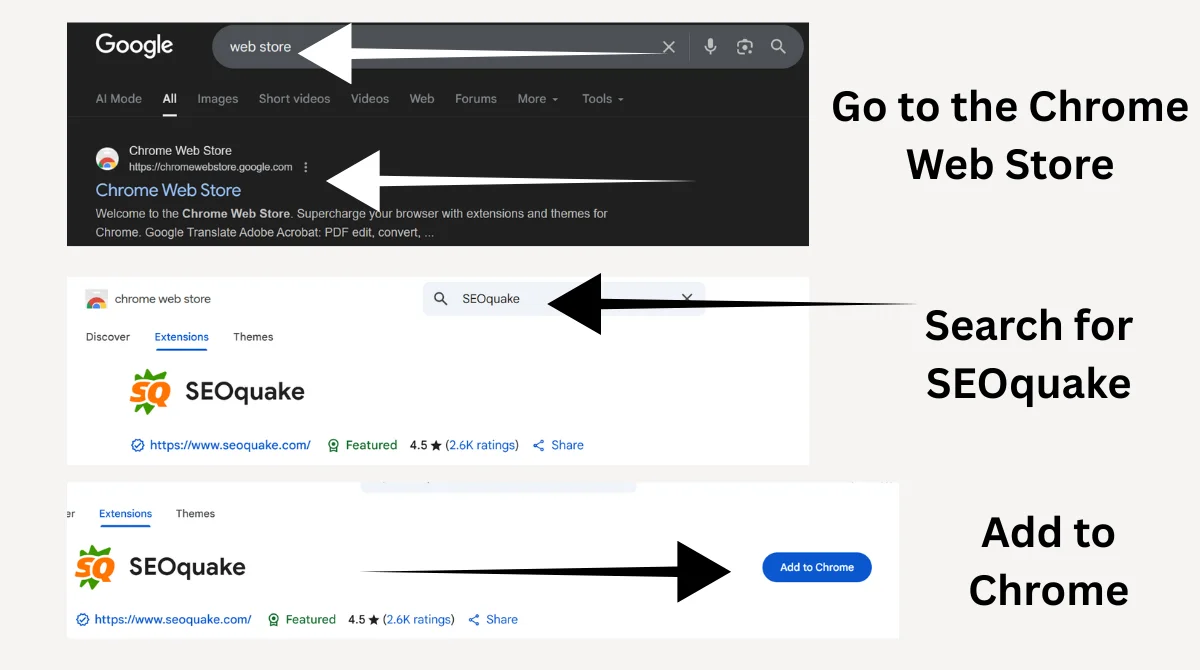
- Go to the Chrome Web Store (or relevant store for your browser).
- Search for SEOquake.
- Click on Add to Chrome (or install on your browser).
- Once installed, you’ll see the SEOquake icon in your browser toolbar.
That’s it. Now you’re ready to use it.
Key Features of SEOquake and How to Use Them
SEOquake comes with several handy features that give you SEO insights in just a few clicks. Here’s a breakdown of its main tools and how to use them:
1. SEO Toolbar
When SEOquake is active, a toolbar appears on your browser showing quick stats like Google index status, SEMrush rank, domain age, Alexa rank, backlink count, and traffic data. This is great when you need a quick snapshot of a page’s authority without running a full audit.
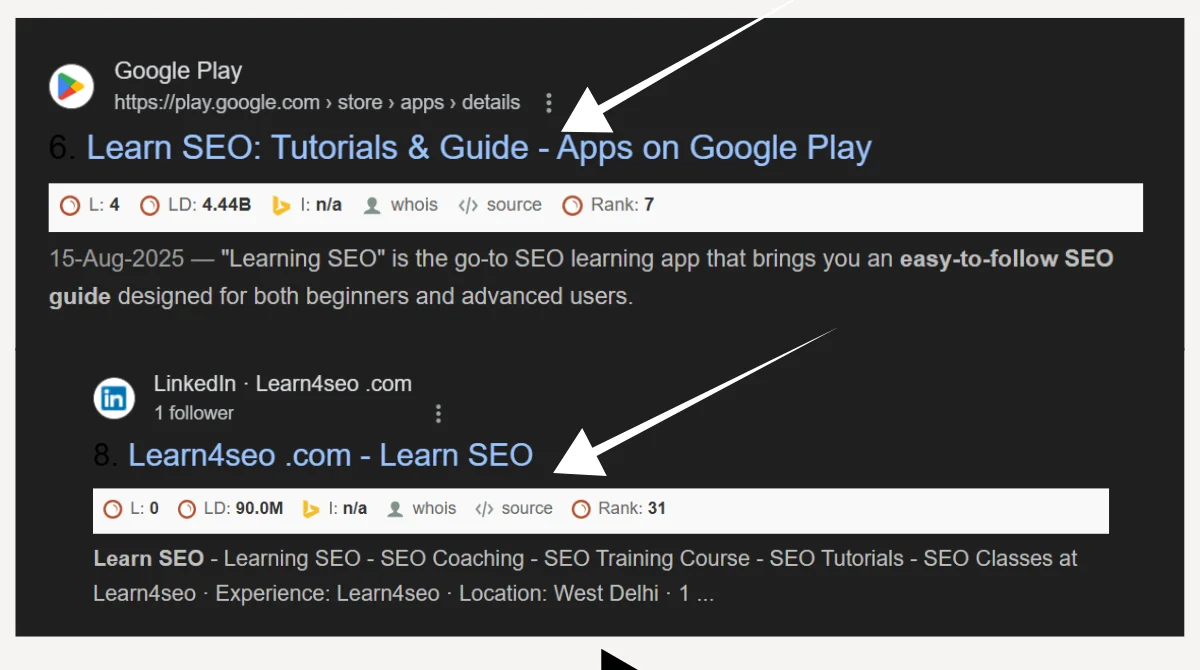
2. Page Overview
By clicking the SEOquake icon and choosing Page Overview, you get detailed information about the page. It shows titles, meta descriptions, meta keywords, link counts, social signals, and SEMrush data. This helps you see at a glance how well a page is optimized.
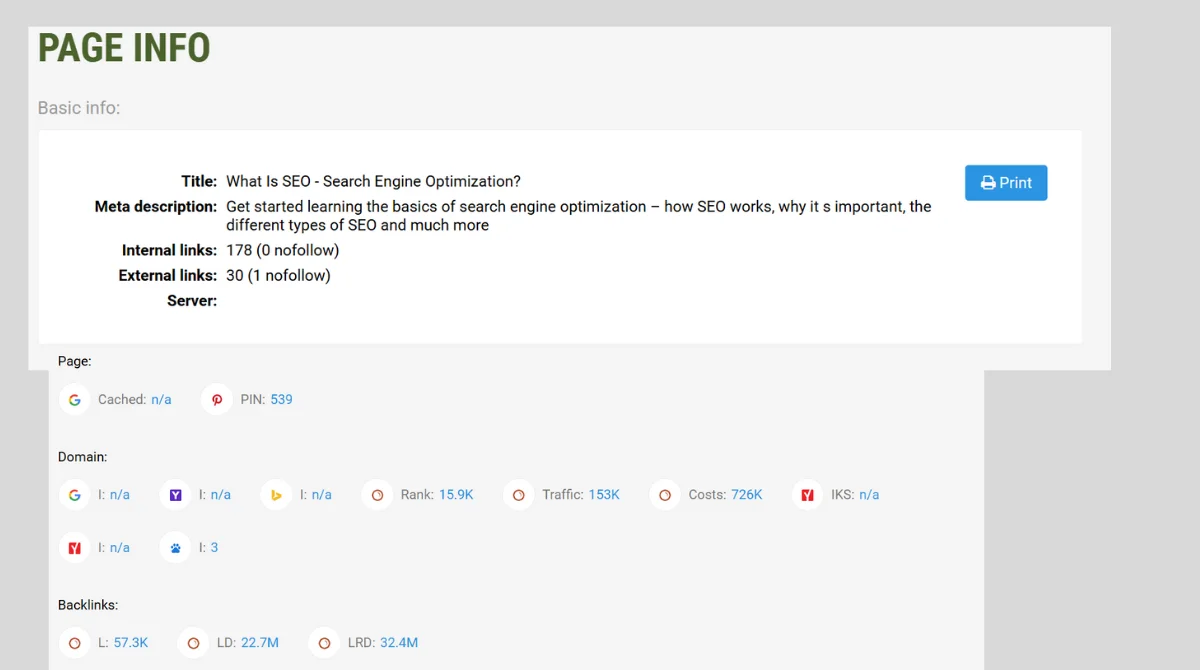
3. On-Page SEO Audit (Diagnosis)
The Diagnosis feature works like a mini SEO audit. It checks if your title tags, descriptions, headings, canonical tags, and images are properly optimized. It even tests mobile compatibility. Errors are marked in red, making it easy to spot what needs fixing for better search performance.
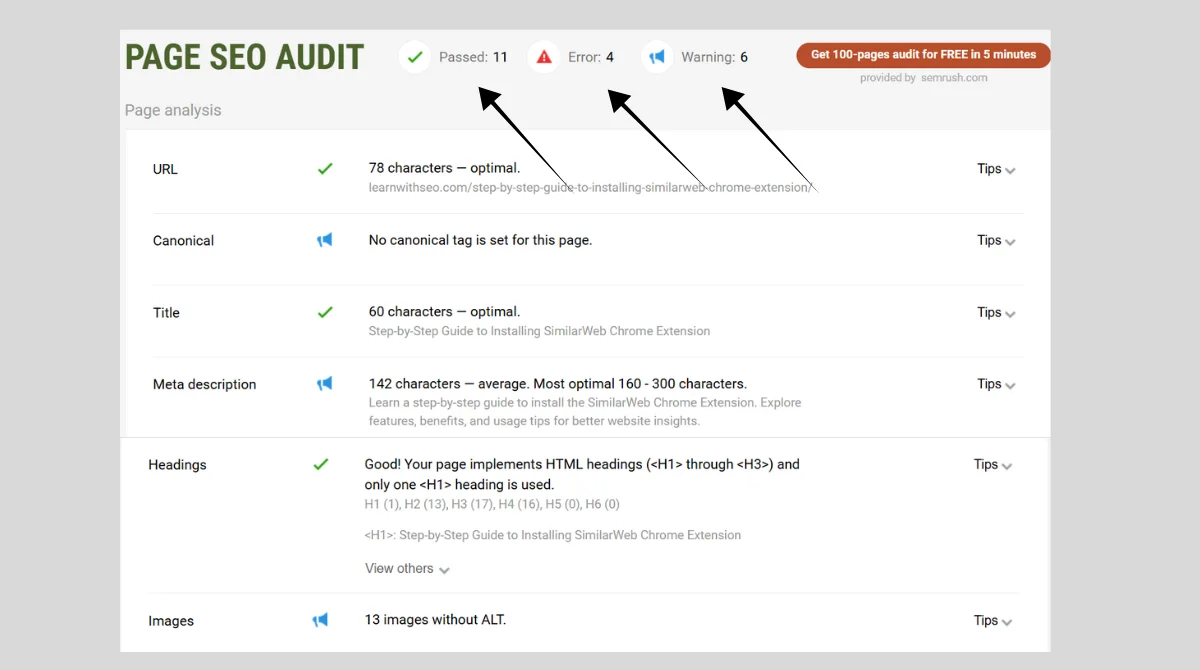
4. Keyword Density Tool
This feature analyzes how often certain keywords appear on a page. It shows keyword frequency, density percentage, and placement in headings or body text. It’s useful for checking if your content is well-optimized or keyword-stuffed.
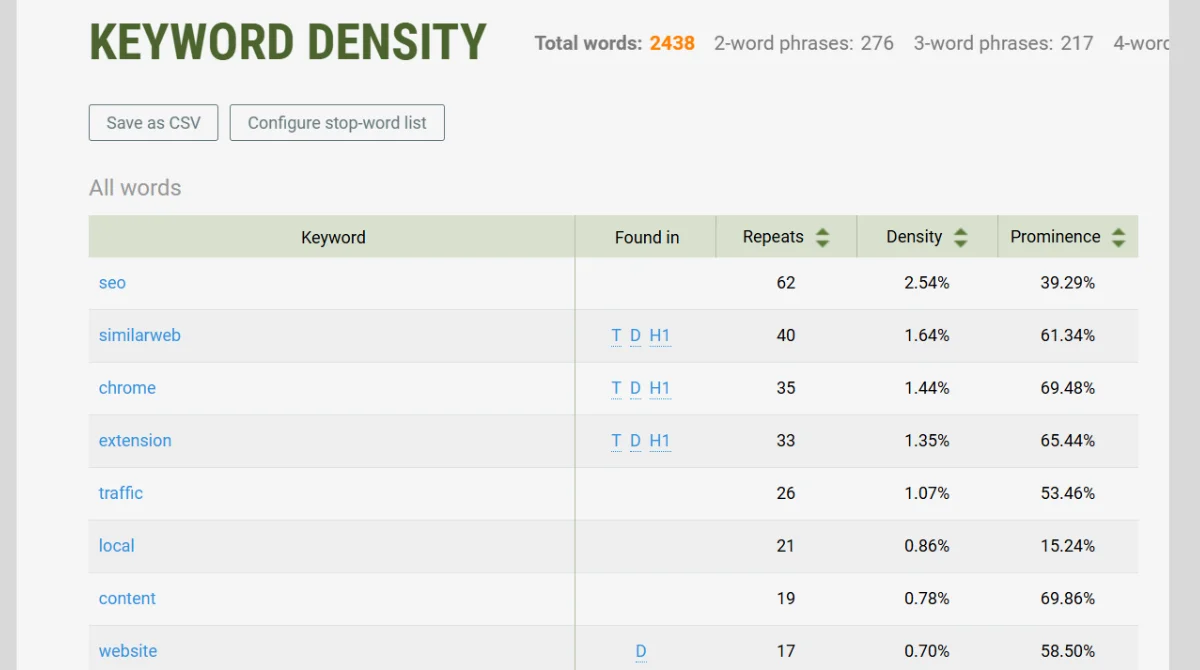
5. Internal and External Link Analysis
SEOquake breaks down all the links on a page, both internal (pointing to your site) and external (leading out). It also shows if links are do-follow or no-follow. This helps you understand link health and maintain a balanced linking strategy.
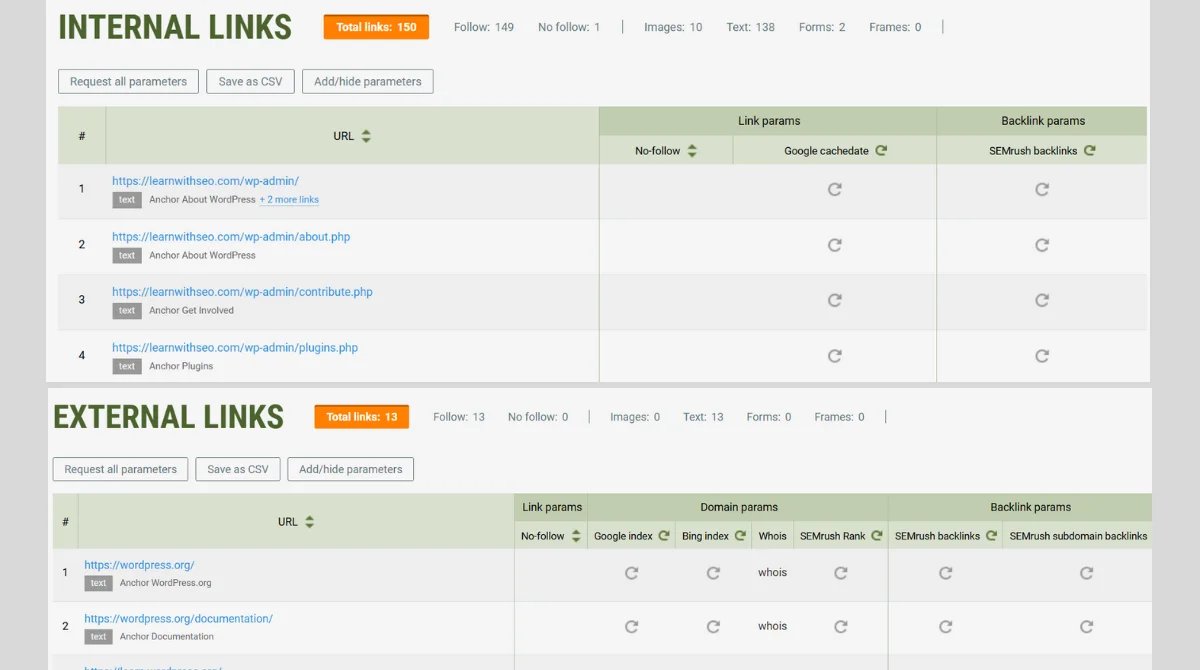
6. SERP Overlay
When you search on Google, SEOquake adds extra info under each result, like domain age, backlink count, Alexa rank, and SEMrush rank. This makes competitor analysis easier because you can compare multiple websites directly in the SERPs without opening them one by one.

7. Export Data for Reports
SEOquake allows you to export reports into a CSV file. You can export SERP data, link data, or on-page data for deeper analysis or client reporting. This feature is especially useful for agencies or professionals who need organized data for decision-making.
How to Use SEOquake for Competitor Analysis?
Check SERP Rankings and Stats
When you search on Google, SEOquake adds extra information under each result, such as domain age, backlinks, SEMrush rank, and authority. These stats let you quickly compare competitors side by side and understand which factors might be helping them rank higher.
Analyze Meta Titles and Descriptions
Titles and descriptions play a big role in SEO and click-through rates. With SEOquake, you can see how competitors write theirs, which keywords they use, and how engaging their wording is. This helps you spot ideas to make your own titles more attractive.
Review Linking Structure
SEOquake shows all the links on a competitor’s page, including internal links (within their site) and external links (to other websites). It also highlights whether links are do-follow or no-follow. This gives you a clear picture of how competitors distribute authority and manage their link strategy.
Study Keyword Density
Using the keyword density tool, you can check how often competitors repeat their target keywords and where they place them. If they rank well, you can learn how balanced their keyword usage is without overstuffing or under-optimizing.
Look at Social Signals
In some cases, SEOquake also provides social metrics like shares or interactions. These show how much engagement a competitor’s content receives online, giving you insight into what type of content resonates with audiences.
By reviewing these factors, you can uncover gaps in competitor strategies and use those insights to strengthen your own SEO plan.
Tips for Getting the Best Out of SEOquake
To maximize SEOquake’s potential, keep these tips in mind:
- Always cross-check SEOquake insights with other tools like Google Search Console or SEMrush for accuracy.
- Use the Diagnosis report as a quick health check, but don’t rely on it alone.
- Export SERP data to build competitor benchmark reports.
- Regularly analyze your own site to spot errors early.
- Combine SEOquake with manual SEO techniques like keyword research and backlink outreach.
Limitations of SEOquake
While SEOquake is an amazing free tool, it does have some limitations:
- Data is not always 100% accurate (especially traffic estimates).
- It doesn’t replace full SEO suites like SEMrush, Ahrefs, or Moz.
- Social metrics are limited since many platforms restrict data.
- Requires browser installation, which may not suit all users.
Despite these limitations, it’s still a powerful tool for quick and free SEO analysis.
Conclusion
SEOquake is a free SEO tool that helps you analyze websites, check SEO health, and study competitors with ease. It may not replace advanced tools, but it’s valuable for anyone in digital marketing. By using it effectively, you can make smarter decisions, optimize your site, and improve rankings. Whether beginner or expert, SEOquake is a must-have in your SEO toolkit.



